



Balazs Kicsiny
Winterreise
Captured moments are central in Kicsiny’s installations. His characters are simultaneously frozen still and in motion. In some works this paradox becomes literal, as in the installation Winterreise that depicts two priests skiing in different directions using the same skis, which makes forward motion impossible. The figures seem lost, isolated and their journey endless. In their hands they hold Jacob’s staffs, navigational instruments used in the 17th century. The work alludes to the continuous search for one’s place in life.

Stine Deja
Cold Sleep
Right now, approximately 400 human bodies are frozen at -196 degrees Celsius in America and Russia. They are dead – legally speaking. The hope is to one day defrost and resuscitate them. The procedure is controversial. Nonetheless, cryopreservation, i.e. preserving people at extreme temperatures below zero, is an area marked by growth. The condition is sometimes referred to as ‘cold sleep’, which is also the title of Stine Deja’s first solo show in Denmark at Tranen. The exhibition is an installation of kinetic sculpture and animation. Cryopreserved bodies in thermal, yellow suits are suspended in big, circular aluminium structures revolving around their own axis on small islands in a desert landscape. In the sand lie craters where artificially inseminated cells divide. A barren desert landscape is usually seen as lifeless and abstract. In Deja’s version it becomes a place for being before or after human life, or, as the artist has it, “a population in another dimension.”
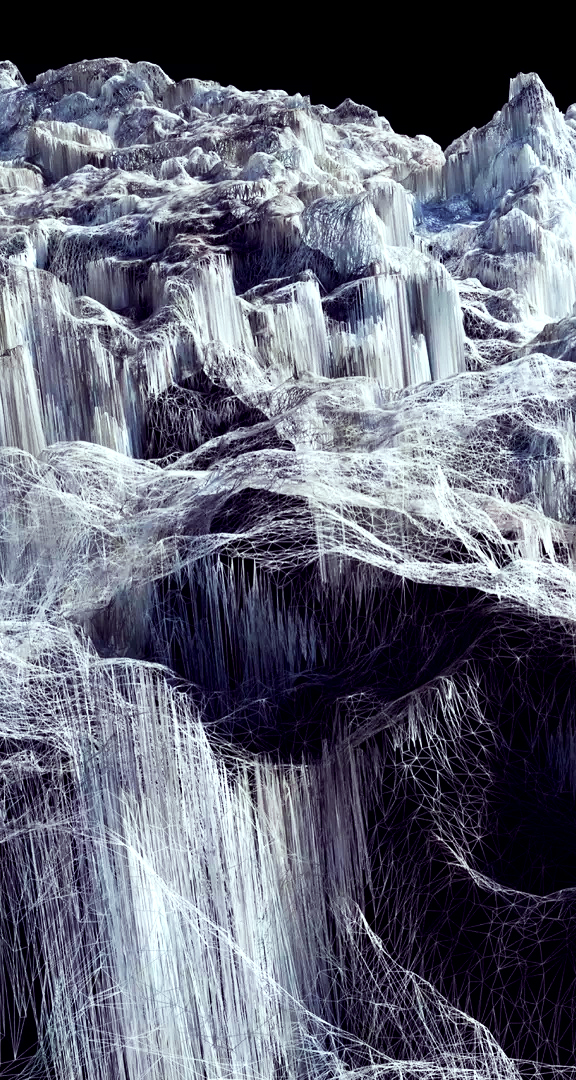
Dan Holdsworth
Acceleration Structures
Dan Holdsworth’s ‘Acceleration Structures’ explores and examines the topography of three great Alpine glaciers, capturing their fragility and intricacy like no artist has done before. Using geomapping technology, Holdsworth’s films guide the viewer through the skeletal landscape of each glacier, giving a unique perspective and a new understanding of their geography.

Ief Spincemaille
Reverse Blinking
Imagine that your head is captured inside a photo camera. It is completely dark. Only when the shutter opens en closes, you see the world in a flash. The shutter moves so fast that nothing has time to move. Everything where you point your gaze at, becomes like a photograph. A memory. Something that has been, but isn’t anymore. You see people as frozen figures, whole streets as untouched moments. Life as a sort of dia show. “Reverse Blinking” creates this experience. It is a completely closed helmet with two shutters in front of the eyes. They are controllable by the user. Reverse Blinking works on batteries and can be freely used in or outside the museum. It is best used where there is a lot of movement and people. “Reverse Blinking” is part of a series of art works, through which the artist tries to add video and photographical effects to our natural way of seeing.
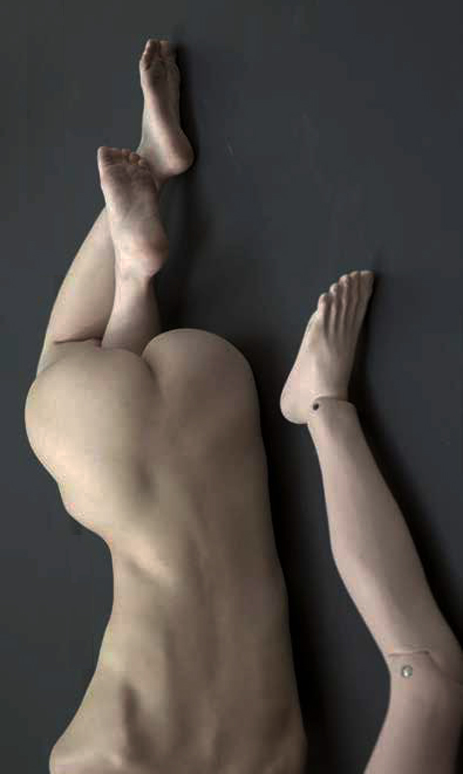
Geumhyung Jeong
Homemade RC Toy
Her new installation centers on five human-scale, remote-control sculptures that she cobbled together from metal brackets, batteries, wires, dental study props, and disassembled mannequins. Surrounding them are stepped plinths whose bright colors echo the robot sculptures’ wiring. The plinths display fetishistic agglomerations of spare parts: wheels, cables, gutted medical practice torsos, home repair parts. In their default state, the sculptures are frozen, comatose, even if all that wiring and machinery certainly suggests movement. The installation is the setting for a series of live interactions between the artist and her uncanny others.

Stine Deja
THERMAL WOMB
“Thermal Womb, a sculpture of figure suspended upside down that recalls the practice of cryopreservation. The structure is indeed a replica of the mechanism used by companies such as Alcor, which prepares bodies before they are submerged in liquid nitrogen—figures indefinitely frozen, waiting for technology to catch up and revive them. The film component of the work reveals a pair of bright blue eyes, whose only animation is to blink, adding a time-based layer to the otherwise static nature of the piece.” Stephanie Cristello
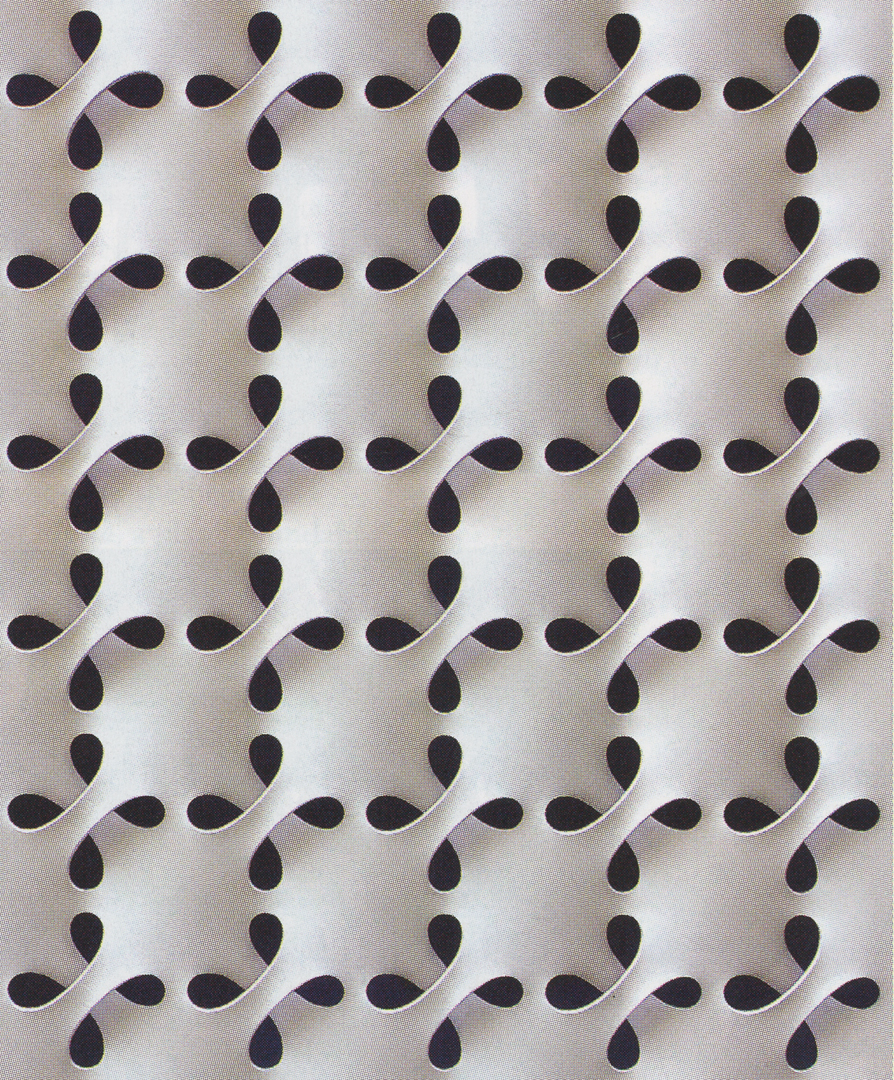
Erwing Hauer and Enrique Rosado
In Continua
The concepts of continuity and potential infinity have been central themes of Erwin Hauer’s opus from very early on in his career as a sculptor. In his native Vienna, he began to explore infinite continuous surfaces that evolved into perforated modular structures that were appropriate in architectural applications. Hauer’s sculptural walls are intricately woven forms that create a visual sense of infinity – a frozen poetry in motion. He patented these designs, developed the technology to produce them, and installed the modular, light-diffusing walls in buildings throughout the United States and seven other countries.

JON SHIREMAN
Broken Flower
Liquid Nitrogen
Throughout his career, Shireman has maintained a connection with flowers in decay; in other still lifes, he has cataloged the wilting of tulips and mums. This series, unlike those previous, is brutal and instantaneous. Where his other flowers underwent a slow, gradual death, these broken flowers are quickly frozen and violently ruptured. The process captured here is not a natural one but one that necessitates the use of a manmade element.
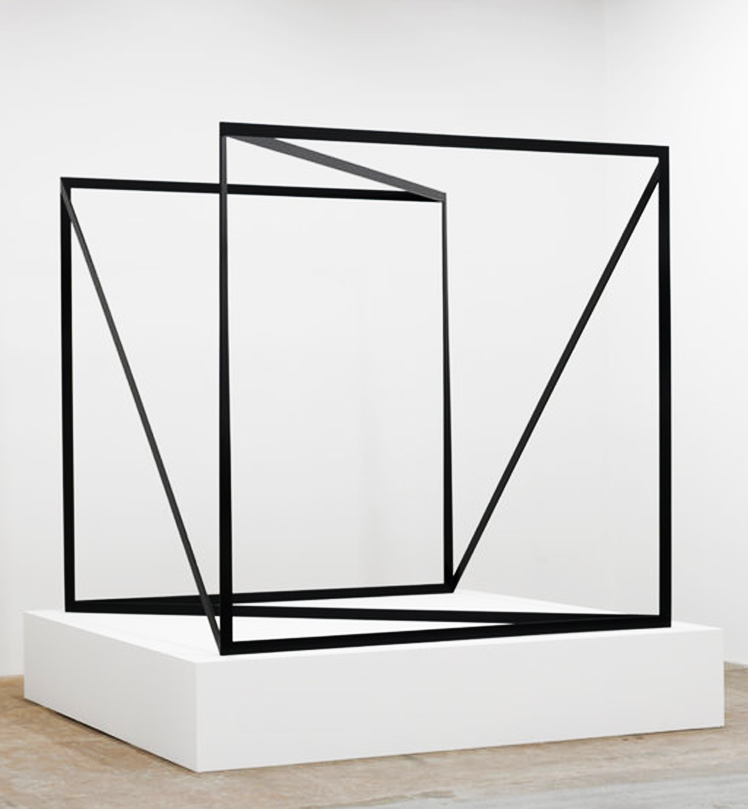

Lee Bul
Untitled
Untitled is the most complex of Lee Bul’s series of monsters. It comprises a white central body composed of multiple parts that simultaneously evoke the physical and the technological or cybernetic. Exploding outwards into space from its core are other parts of the form, including an octopus-like head, that appear frozen in space as fragments of the one entity.more…

HELEN CHADWICK
海伦查德威克
ヘレン·チャドウィック
헬렌 채드윅
Хелен Чедвик
Piss Flowers
What will you do if it snows this winter? Throw snowballs? Get out the sledge? Or wee in the crisp cold whiteness as art? Helen Chadwick had an eye for the organic. She took closeup photographs of moist, freshly cut meat, superimposed images of her body cells over landscapes, and invented a unique winter methodology to create her Piss Flowers. Chadwick urinated in deep snow, then made casts of the interior spaces – instant caves – melted in the snow by the warm liquid. The resulting white forms of bronze and cellulose lacquer look like alien cities from a frozen planet, or fungal eruptions beneath the surface of the arctic ice. They are unique and haunting winter wonderlands.

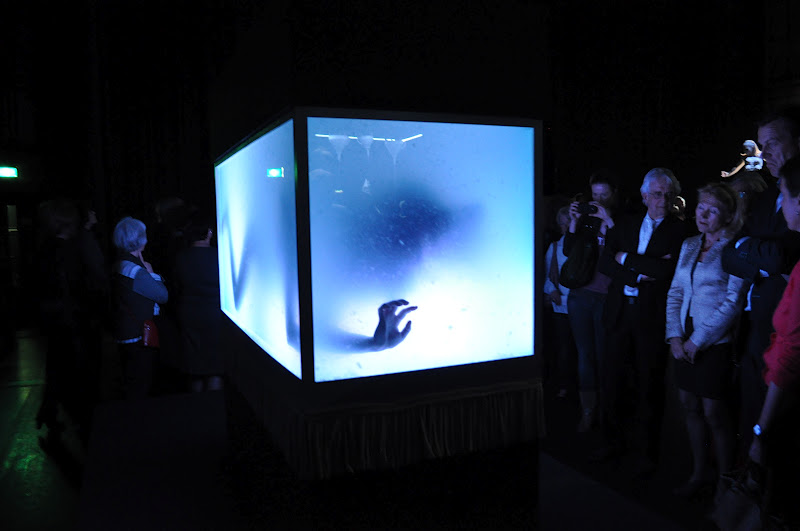
NANINE LINNING
Requiem
In REQUIEM choreographer Nanine Linning imagines the tension between life and death, the profane and the sacred, the carnal and the spiritual. Themes, which are inextricably linked together and are at the same time absolute opposites. Inspired by Fauré’s “Requiem”, Dante’s “La Divina Commedia” and the absurd and surreal images of the artist duo “Les Deux Garçons”, Linning is searching for her own paradise on earth.REQUIEM is a multidisciplinary production with 25 dancers, live orchestra, two soloist singers, a choir, a sound artist and video. It is a triptych where the public will first walk on stage through dance installations; the dancers create a frozen, silent world.In the second part Fauré’s “Requiem” is being performed while singers and dancers follow Linnings choreography in a world of immense video images on stage. In the last part a Sound Artist will break apart Fauré’s “Requiem”. The frozen world of part one will melt and the energy of life will be released in a dynamic choreography for the choir and dancers.

MARIA FERNANDA CARDOSO
Woven water
I am interested in chaos and complexity theories, where simple units form complex systems and if you follow those systems it somehow connects us to the universe. In Woven water: submarine landscape I want to create the illusion of the ocean and its currents. The piece is commenting on the environmental impact tourism has on animals and our planet. Although the feeling evoked in a viewer ‘immersed’ in the artwork is peace and tranquillity, the frozen and dry nature of these sea creatures hints at their ghostlike and melancholic end.